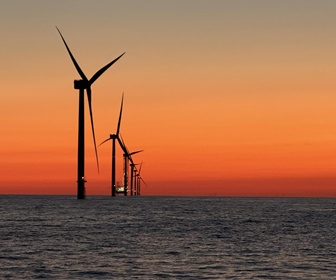Vaisala Xweather has analysed every lightning strike on or around wind farms in the continental United States in 2023. The Xweather report reveals 77,494 lightning strokes at or near more than 1,500 wind farms.
The findings show an operation in Hansford County, Texas, and another straddling Blaine and Custer Counties, Oklahoma, seeing the most lightning activity, with more than 1,000 strokes each during the year.
Wind farms are natural targets for lightning, due to their height and use of conductive materials. Experts estimate that lightning damage costs wind farm operators more than US$100 million annually and accounts for 60% of blade losses and almost 20% of operational losses overall. With proper lightning surveillance and predictive maintenance, this number can be reduced.
The most common cause for lightning damage to wind farms is either downward initiated lightning, which contacts the tip of a turbine blade, or upward lightning, which is when the height of the turbine is so significant that it starts generating lightning that would not normally occur. The taller the turbine, the more likely it is to be struck by lightning. According to industry experts, 1–3% of lightning strikes to wind turbine blades result in blade damage. During the first year of operation of a new wind turbine, as much as 85% of downtime can be attributed to lightning activity in the southwestern United States. Over the long term, an average of 80% of turbine downtime is caused by lightning.
A wind farm in Pushmataha Country, Oklahoma, saw an average of 14.4 lightning strokes per turbine in 2023. This was the highest number per-turbine in the country. Three wind farms saw more than 10 lightning strikes per turbine in 2023. At the same time, one-third of US wind farms saw no lightning activity at all during the entire year.
Vaisala’s data also measures the peak current of lightning strokes, which gives a clear indication of the damage potential in a lightning event. With higher currents, the risk of damage to turbines increases. Identifying which wind turbines have been exposed to lightning can trigger proactive maintenance and reduce downtime. Additionally, knowing which turbines are most at risk from lightning activity helps operators forecast lightning-related operational expenses.








